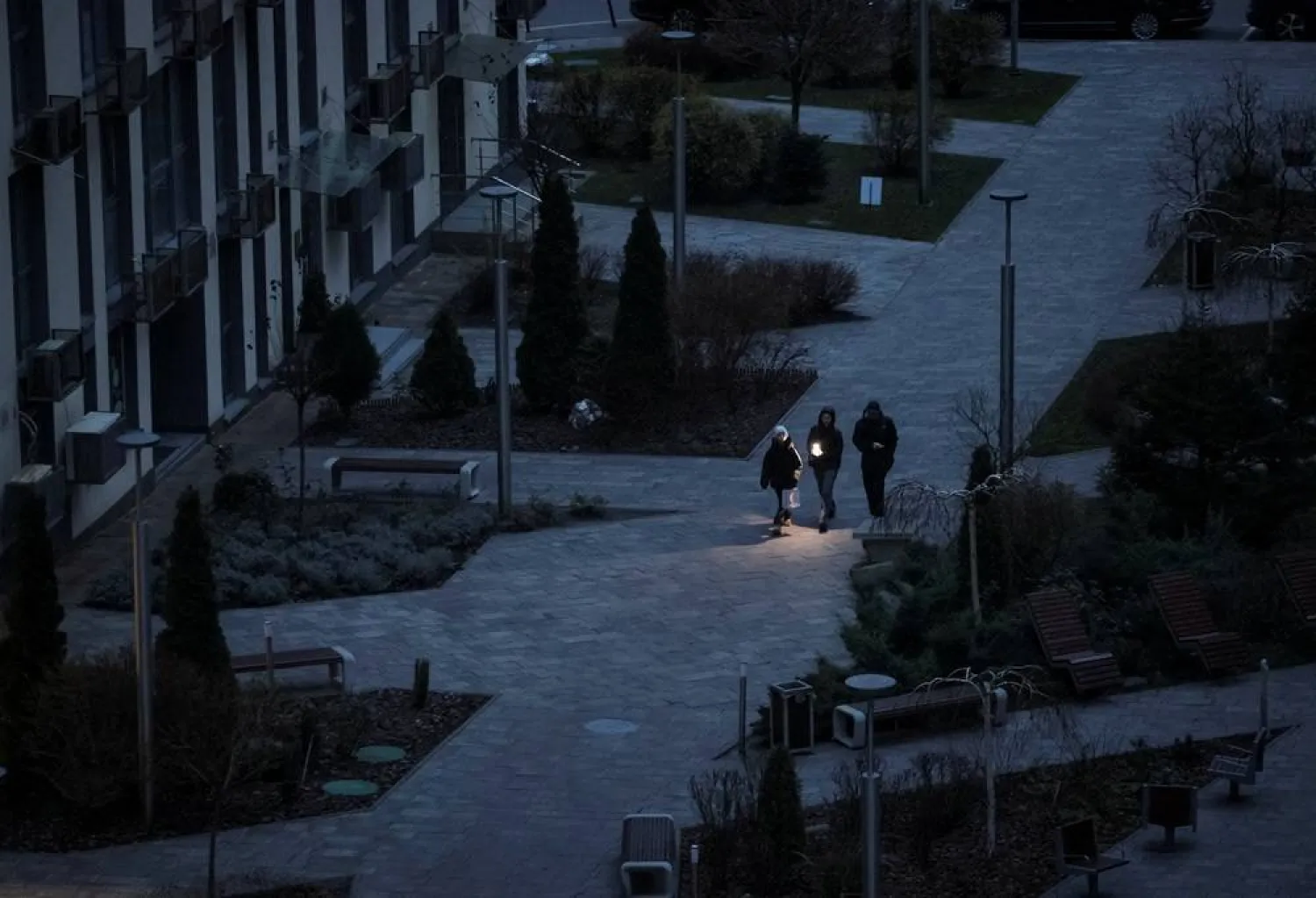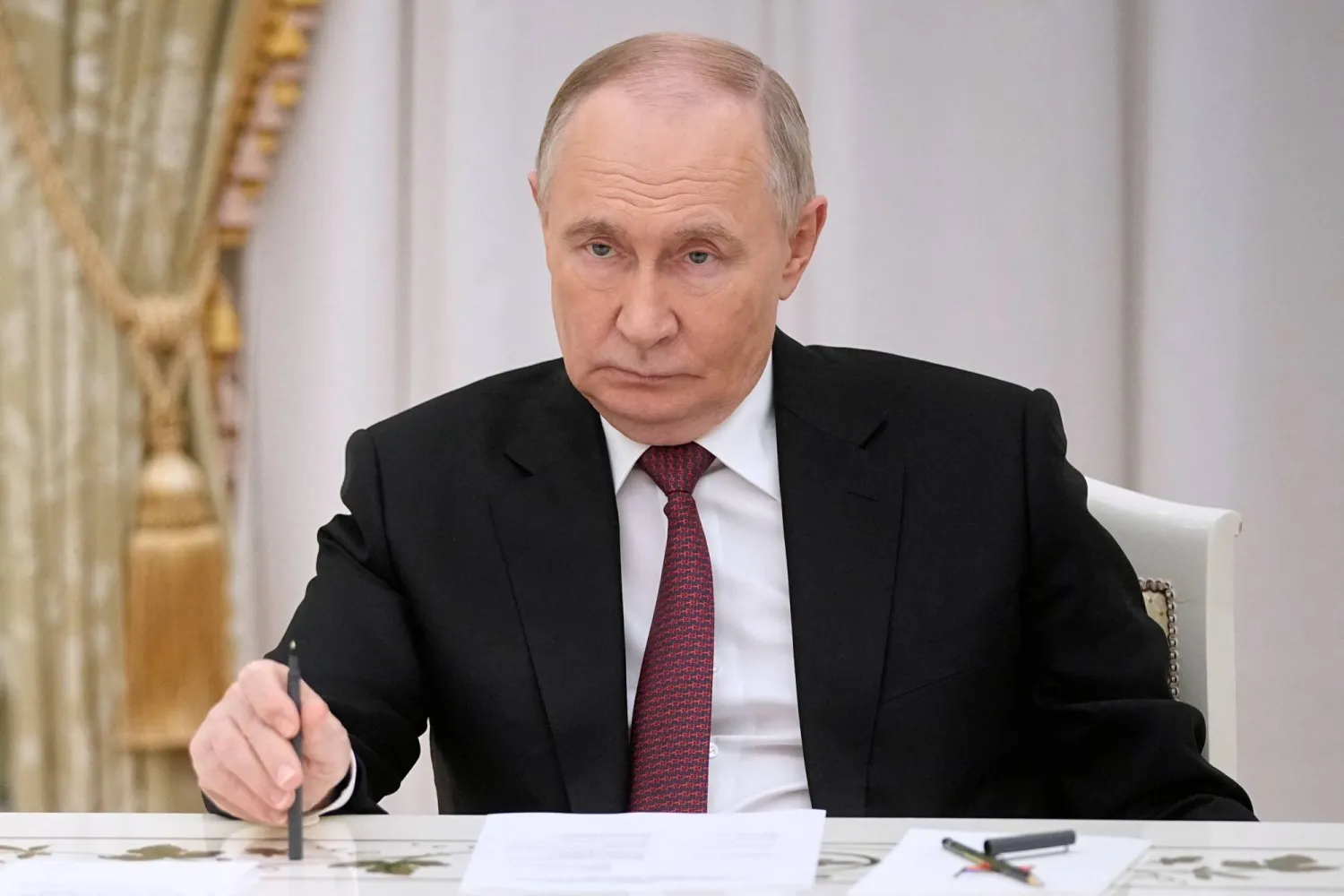As Iran’s center for advanced nuclear centrifuges lies in charred ruins after an explosion, apparently engineered by Israel, the long-simmering conflict between the United States and Tehran appears to be escalating into a potentially dangerous phase likely to play out during the American presidential election campaign.
New satellite photographs over the stricken facility at Natanz show far more extensive damage than was clear last week. Two intelligence officials, updated with the damage assessment for the Natanz site recently compiled by the United States and Israel, said it could take the Iranians up to two years to return their nuclear program to the place it was just before the explosion. An authoritative public study estimates it will be a year or more until Iran’s centrifuge production capacity recovers.
Another major explosion hit the country early Friday morning, lighting up the sky in a wealthy area of Tehran. It was still unexplained — but appeared to come from the direction of a missile base. If it proves to have been another attack, it will further shake the Iranians by demonstrating, yet again, that even their best-guarded nuclear and missile facilities have been infiltrated.
Although Iran has said little of substance about the explosions, Western officials anticipate some type of retaliation, perhaps against American or allied forces in Iraq, perhaps a renewal of cyberattacks. In the past, those have been directed against American financial institutions, a major Las Vegas casino and a dam in the New York suburbs or, more recently, the water supply system in Israel, which its government considers “critical infrastructure.”
Officials familiar with the explosion at Natanz compared its complexity to the sophisticated Stuxnet cyberattack on Iranian nuclear facilities a decade ago, which had been planned for more than a year. In the case of last week’s episode, the primary theory is that an explosive device was planted in the heavily-guarded facility, perhaps near a gas line. But some experts have also floated the possibility that a cyberattack was used to trigger the gas supply.
Some officials said that a joint American-Israeli strategy was evolving — some might argue regressing — to a series of short-of-war clandestine strikes, aimed at taking out the most prominent generals of the Islamic Revolutionary Guards Corps and setting back Iran’s nuclear facilities.
The closest the administration has come to describing its strategy of more aggressive pushback came in comments last month from Brian H. Hook, the State Department’s special envoy for Iran. “We have seen historically,” he concluded, “that timidity and weakness invites more Iranian aggression.”
The next move may be a confrontation over four tankers, now making their way to Venezuela, which the United States has vowed will not be allowed to deliver their cargo of Iranian oil in violation of United States sanctions.
The emerging approach is risky, analysts warn, one that over the long term may largely serve to drive Iran’s nuclear program further underground, and thus make it harder to detect.
But in the short term, American and Israeli officials are betting that Iran will limit its retaliation, as it did after an American drone in January killed Maj. Gen. Qassim Suleimani, one of Iran’s most important commanders.
While some American officials expressed fears that the killing of General Suleimani would lead Iran to initiate a war against the United States, the C.I.A. director, Gina Haspel, reassured them that the Iranians would settle on limited missile attacks against American targets in Iraq — which so far has turned out to be correct. Iran’s limited response could be an incentive for further operations against it.
In addition, some American and Israeli officials, and international security analysts, say that Iran may believe that President Trump will lose the November election and that his presumptive Democratic rival, Joseph R. Biden Jr., will want to resurrect some form of the negotiated settlement that the Obama administration reached with Tehran five years ago next week.
For now, the latest rocket attacks have been more harassing than harmful.
The New York Times









